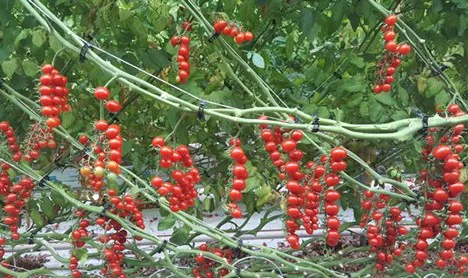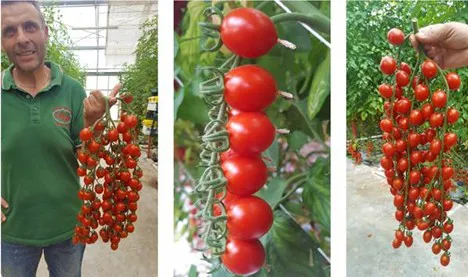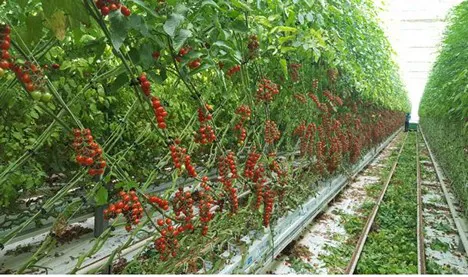Summer 2021 was rather unpredictable and it caused crises in various areas all over the Italian peninsula due to over 500 extreme events such as downpours, floods, tornados, hailstorms, and heatwaves reaching peaks of over 40°C. The combination of heatwaves, drought, and prolonged high temperatures meant the summer cycle was difficult to manage, affecting all phases of plant growth: blossom-end rot, scalded berries, slow productions, and drastic drops in terms of yields caused by stress.

According to Alessandro Montanarella, an agronomic consultant operating in different countries such as Italy, Canada, England, Greece, and Czechoslovakia, "the human factor, technical choices, and cultivation strategies make the difference when it comes to extreme weather circumstances."
"The planning and monitoring of multiple elements play a key role. All cultivation strategies are implemented depending on the varieties, with genetic characteristics selected based on the commercial objectives of each company which go beyond climate conditions."

Above: Pom Sweet Candy at Azienda Agricola Fratelli Ressa (Spinazzola, BA)
"Let us consider for example Pom Sweet Candy, i.e. cherry tomatoes by TomaTech commercialized by Gruppo Gandini. The variety is very adaptable per se: just think that it is grown in three different areas in Italy. Pom Sweet Candy can withstand both the winter season and the high temperatures of the summer cycles keeping flavors and nutritional values uniform."
 The variety is grown also in various countries in central and northern Europe, in high-tech structures under artificial lighting
The variety is grown also in various countries in central and northern Europe, in high-tech structures under artificial lighting
"Of course, a balanced growth must be guaranteed by suitable technical operations. We used vigorous rootstocks with a 1:1 ratio and a vegetative tendency. In addition, especially with medium-high temperatures, increasing the head/sq m density proved essential. Pom Sweet Candy is characterized by medium-high growing degree days, which cannot be overlooked when planning the crop. The high temperatures do not represent a problem, is they are managed alongside the regulation of radiation levels affecting the crop. Thanks to the corrective measures employed, we managed to obtain extremely satisfactory results, in line with the genetic structure: no cracking, uniform bunches, firm fruits with an excellent texture. Good sepal and rachis shelf-life as well, despite the production of ethylene which could cause yellowing of medium-low leaves. The flavor is excellent."
"Anyway, it is clear how a variety with such genetic properties if suitably grown, manages to achieve sufficiently high yields and unvaried organoleptic properties also in case of adverse weather conditions."
For further information:
Alessandro Montanarella
montanarella@libero.it
